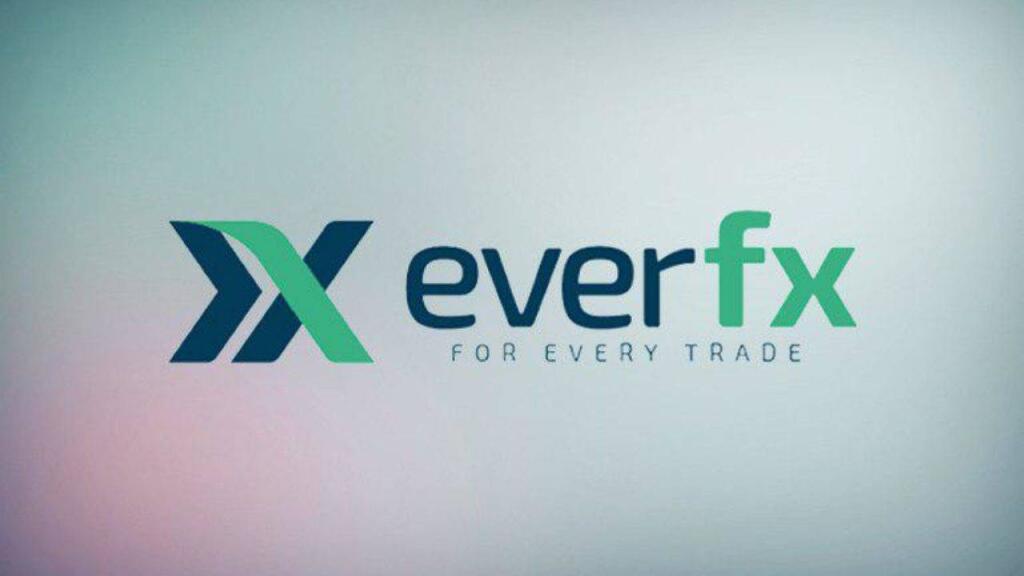
They are similar to traditional convertible bonds in that they can be converted into common stock at a particular strike price. Importantly, the stock price might be lower than desired when a conversion is triggered. If the bank is having financial difficulty and needs capital, this is reflected cost of debt in the value of its shares. As a result, CoCos can convert to equity while the stock’s price is declining. Banks use contingent convertibles differently from the way corporations use convertible bonds. Banks have their own set of parameters that warrant the bond’s conversion to stock.

But most businesses and individuals that borrow also bear the burden of the cost of funds in the form of the interest rate spread they are required to cover for their lenders. Yes, CoCos are regulated in the European Union under the Basel III regulatory framework. The framework sets minimum standards for the banking industry to improve supervision, risk management, and capital requirements. A company must be able to meet all its current obligations when they are due.
How Collateralized Loan Obligations (CLOs) Work
This bookkeeping change allows the bank to underwrite additional loans. Cocos are designed to automatically cover bank losses and aid them in satisfying additional Tier 1 (AT1) and Tier 2 (T2) regulatory capital requirements imposed by Basel III. Companies that offer goods and services are likely to have both cost of goods sold and cost of sales appear on their income statements. Instead, the companies will show the words cost of sales and/or cost of services.
- U.S. banks issue preferred stocks instead of CoCos to meet AT1 capital requirements.
- Julia Kagan is a financial/consumer journalist and former senior editor, personal finance, of Investopedia.
- Telecom networks in India are some of the largest distributing partners for tech firms.
- Jio also has a 10-year partnership with Microsoft to launch new cloud data centers in India and resell many business offerings.
- Moreover, convertible bondholders have priority should the underlying business default.
However, the stock has steadily declined from $100 to $40 over the past several weeks. The investor decides to hold the stock, and the next day, the price declines to $30 per share. U.S. banks issue preferred stocks instead of CoCos to meet AT1 capital requirements. The importance of this hybrid debt security is that it carries specialized options that help the issuing financial institution absorb a capital loss. Looking for training on the income statement, balance sheet, and statement of cash flows? At some point managers need to understand the statements and how you affect the numbers.
Stock Money Flow
In simpler terms, it’s how much in interest a bank has to pay in order to borrow money to lend to its consumers. The cost of funds is paid by banks and other financial institutions to a Federal Reserve bank. A CLO, or collateralized loan obligation, is a debt security backed by a pool of debt. Investors can choose one of several debt tranches to put their money into, with higher-risk tranches providing higher returns.

Mortgages on property, home equity lending, student loans, car loans, and credit card lending can be offered at variable, adjustable, or fixed interest rates. CLOs are similar to Collateralized Mortgage Obligations (CMOs), in that both securities are based on a large portfolio of underlying debt instruments. The main difference between them, however, is that CLOs are based on debts owed by corporations, whereas CMOs are based on mortgage loans. Airtel and Vodafone-Idea, two other major telecom players in the country, concur with their leading competitor. Airtel additionally proposed that only the largest users of the internet infrastructure should bear the costs of network usage, allowing smaller startups to thrive unhindered.
Corporate finance is one of the subfields of the overall finance category. The others include public (or government) finance and personal finance. Adam Hayes, Ph.D., CFA, is a financial writer with 15+ years Wall Street experience as a derivatives trader.
Benefits of a CLO
During a period of financial stress or uncertainty for banks, the value of CoCos can significantly decrease, as they are high-risk instruments. If a bank is struggling and needs additional capital, the value of its shares may decrease, putting CoCo investors at risk for losses. If a bank fails to meet its capital requirements, it may postpone the payment of interest or convert the bond into equity at a lower price to meet the regulatory standards.
Learn more about financial ratios and how they help you understand financial statements. When a business needs money (or its cost of capital), it can turn to one or more sources to raise the money. Some businesses also turn to their own equity to fund their operations and achieve their goals. Banks issue a variety of loans, with consumer lending comprising the lion’s share in the U.S.
- Equity tranches are rarely paid a cash flow but do offer ownership in the CLO itself in the event of a sale.
- A company may also choose to sell stocks to equity investors, especially when it needs large amounts of capital for business expansions.
- Google and Meta are also significant minority investors in Jio, having together invested more than $10 billion in the Indian firm.
- “An intervention at this time is relevant because the traffic on telecom networks will continue to grow at an exponential rate as 5G matures and we move to 6G.
CoCos can help to shore up a bank’s balance sheets by allowing it to convert its debt to stock if specific, unfavorable capital conditions arise. They were created after the 2007–2008 global financial crisis to help undercapitalized banks and to reduce the potential for taxpayer-funded bailouts. Corporate finance departments in companies focus on solid decision-making for profitable financial results. Thus, corporate finance involves activities that relate to the budgeting of capital, the debt and equity used to finance operations, management of working capital, and shareholder dividends. Akin to a profit margin, the greater the spread, the more profit the bank realizes. Reserve requirements are limits set by the Federal Reserve that outline how much banks must hold in their vaults or at the nearest Federal Reserve bank in line with their deposits.
Key Data
The relationship between the cost of funds and interest rates is fundamental to understanding the U.S. economy. While open market activities play a key role, so does the federal funds rate (often called the fed funds rate). The interest rate banks charge on such loans must be greater than the interest rate they pay to obtain the funds initially—the cost of funds.
Reliance, ITC, Bajaj Finance, Adanis: Gender parity on pay and representation still a pipe dream in top Nifty cos? – BusinessLine
Reliance, ITC, Bajaj Finance, Adanis: Gender parity on pay and representation still a pipe dream in top Nifty cos?.
Posted: Sat, 26 Aug 2023 07:00:00 GMT [source]
Although yields may be higher than average, investors also assume the risk of borrower defaults. Research conducted by Guggenheim Investments, an asset management firm, found that from 1994 to 2013, CLOs experienced significantly lower default rates than corporate bonds. Even so, they are sophisticated investments, and typically only large institutional investors purchase tranches in a CLO. Contingent convertibles, or CoCos, are a type of debt instrument issued by European financial institutions.
It also worked with LivePerson (LPSN.O) as it battled Starboard and Life Storage when it received an unsolicited offer from Public Storage (PSA.N) .
The security has no end date at which time the principal must return to investors. If the bank experiences financial hardship, it can postpone the payment of interest, force a conversion to https://online-accounting.net/ equity, or, in dire situations, write the debt down to zero. When the bank converts the CoCo to shares, it may remove the value of the debt from the liability side of its balance sheet.
CBDT exempts GIFT City aircraft leasing cos from withholding on … – Lexology
CBDT exempts GIFT City aircraft leasing cos from withholding on ….
Posted: Wed, 16 Aug 2023 07:00:00 GMT [source]
Its goal was to improve the supervision, risk management, and the regulatory framework for the critical financial sector. Investors can benefit from convertible bonds since the bonds can be converted to stock when the company’s stock price is appreciating. The convertible feature allows investors to enjoy both the benefits of bonds with their fixed interest rate and the potential for capital appreciation from a rising stock price. It concerns proper budgeting, raising capital to meet company needs and objectives with debt and/or equity, and the efficient management of a company’s current assets and liabilities. Making capital investments is perhaps the most important corporate finance task and can have serious business implications.
In dire situations, the bank may write down the value of CoCos to zero. A Collateralized Loan Obligation (CLO) is a type of security that allows investors to purchase an interest in a diversified portfolio of company loans. The CLO is then sold off to investors in a variety of pieces, called “tranches”, with each tranche offering its own risk-reward characteristics. Equity tranches do not have credit ratings and are paid out after all debt tranches. Equity tranches are rarely paid a cash flow but do offer ownership in the CLO itself in the event of a sale.
NewsFinance of America Cos. Inc.FOA
For example, the income statements of Apple and Intuit report both cost of products and cost of services. It’s important to understand that the difference between the cost of funds and the interest rate charged to borrowers is one of the main sources of profit for most banks. Primarily, the cost of funds is paid by banks to the Federal Reserve when they borrow from the U.S. central bank.
